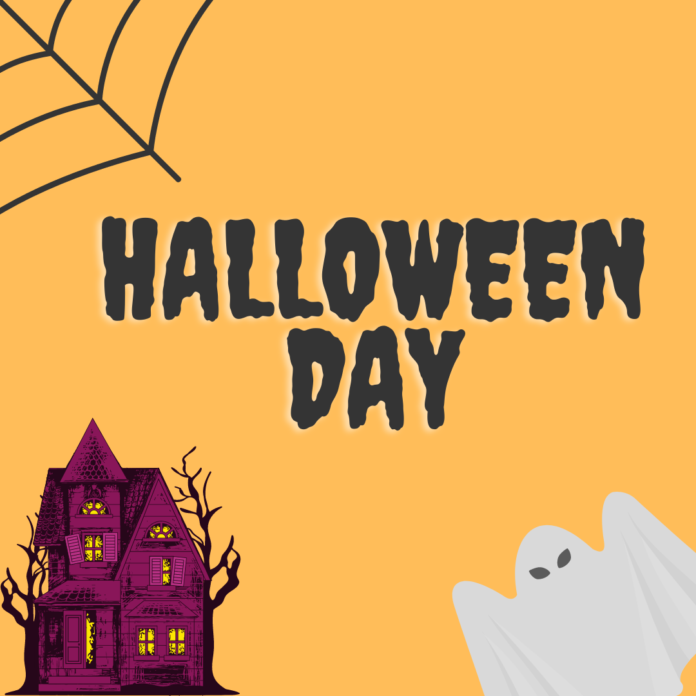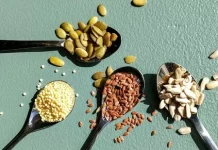What does a carved pumpkin bring to one’s mind? Halloween, possibly. Halloween, as we know today, has its roots from the ancient festival of Samhain (pronounced as “saw-in”), observed by the Celtic people. Samhain, meaning ‘summer’s end’ from Old Irish, was typically celebrated by the Irish on the night before 1st of November. However, the Romans conquered the Celtic lands and by the 9th century, Christian influence had spread in these lands, mixing with the Celtic customs. On the first and second days of November, the Christian holy days of All Hallows Day and All Souls Day were commemorated in honour of saints and people, respectively. Therefore, the night of 31st October turned into All Hallows Eve which was eventually shortened to “Halloween”.
English and Catholic settlers brought this tradition to the United States. It was not widely celebrated until scores of Scottish and Irish immigrants reached America. From then on, it became a major holiday there, and today, the Americans spend approximately 6 billion dollars annually on Halloween. It has become the second largest commercial holiday, preceded only by Christmas on the list. Further globalization popularized the event throughout the globe. Moreover, Halloween is mostly celebrated as a non-religious ceremony with festivities and parties.
Halloween is a sweet and sugary celebration, today, as the amount of candy consumed exceeds that of Christmas and Valentine’s Day. Since Halloween is greatly influenced by the ancient festivals of Samhain, Pomona (harvest festival of the Romans), and All Saints Day, the foods and delicacies associated with the occasion are also related to the old traditions. The Romans used to celebrate the harvest festival by giving offerings of nuts, apples and other orchard fruits to the goddess of orchards and harvest, Pomona. Eventually, the apples became an integral part of Halloween. On the All Saint’s Day, the villagers would bake “soul” cakes, round biscuit-like cakes. The traditions evolved as time went by, and in the later years, young men would visit house-to-house, singing in exchange of money or food or wine. When the practices of Halloween travelled to America, the people replaced the turnips and potatoes of the Irish with large pumpkins. Hence, several foods and customs were developed involving pumpkins. Pumpkin pies, pumpkin sweets and candy are prepared all around the world. Similarly, apples are extensively used for making candy apples (apples coated with sticky, sweet liquid and nuts) and caramel apples (apples dipped in caramel). A number of confections like Halloween cakes, which may have spooky figures and structures upon them, chocolates and toffee are also consumed by the public.
Several activities and items are attributed to this event. The most common practice is trick-or-treating, also called guising. Children dress up in ghoulish costumes such as witches, vampires or zombies, and visit their neighborhood houses for sweets and candies. This practice was probably derived from the old tradition of souling in which the poor would go to the rich residents of their community to beg for food and money. Many matchmaking activities were also associated with Halloween. For example, the roasting of hazelnuts. Young unmarried women would throw a pair of nuts in a fire; one representing them and the other representing the person they wish to marry. If the hazelnuts roasted calmly, it would imply that the couple would have a successful marriage. Similarly, in Ireland and Scotland, baked items, usually cakes, were served to the people and the hidden items they would find in the edibles would foretell about their future. For instance, a ring would mean a happy marriage, or a coin would translate to wealth. Another notable activity of Halloween is the apple-bobbing. This game is played by filling a tub with water and adding apples to it. The apples float on the surface due to their lower density compared to the water. They are supposed to be caught by the contestants with their teeth, usually with their hands tied behind their back to prevent cheating. The player who emerges victorious first would be the next to get engaged. In olden times, unmarried people would partake in this activity. However, most of these superstitious traditions were abandoned over time.
Owing to globalization, Halloween has become a social trend all around the world celebrated in neighborhoods and schools. People decorate their houses with lights, with white sheets depicting ghosts, and with Jack-o-lanterns. Moreover, theme parks like the Fear Overload Scream Park in the USA have become popular attractions for huge masses of people as they join in with the festivities of this widely-known occasion.
Even though Halloween was initially celebrated in honour of the dead, and as a holy custom, it has largely become a non-religious event which encourages people of all ages to party, relax and have a leisurely time, away from the hustle and bustle of daily life.










